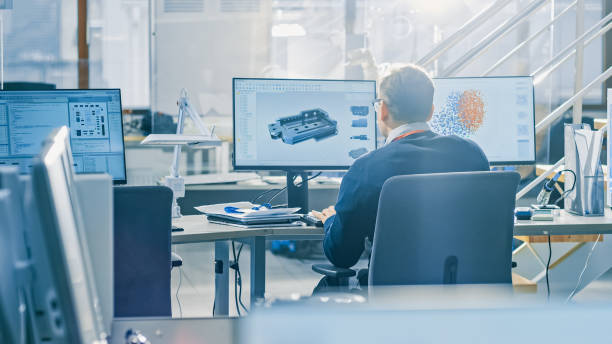How To Convert A JPEG Image To A Vector

Although converting an image can take time and effort, using the right tools
will make it relatively easy. Converting an image from JPEG to an image is a
simple procedure that is achievable using a few different software programs.
Adobe Illustrator is the most well-known method of converting JPEGs to vectors.
But, there are different ways to accomplish this. This article will show you how
to transform the JPEG file into a vector image with Adobe Illustrator and
Inkscape.
Adobe Illustrator: Convert a JPEG into an Vector
1. Adobe Illustrator allows you to create an entirely new document.
2. Click File > Import > Select the JPEG image you want to
convert.
3. A dialogue box will open. Select the "Use Artboards" option, and then
click OK.
4. The JPEG image will be positioned on the artboard.
5. Choose the picture by clicking with the Selection tool.
6. Click on Object > Image Trace Make to trace the image.
7. A dialogue box will open. Choose the "Black and White" option and click on
OK.
8. The vector is created by combining the image.
9. Click File > Save as and save the file as Adobe Illustrator
(.ai).
Converting a JPEG into a Vector using Inkscape
1. Inkscape opens. Select File > Import.
2. Click on OK to select the JPEG image you want to convert.
3. The image will be positioned on the canvas.
4. Select the tool and click on the image.
5. Click on Path and then Trace Bitmap.
6. A dialogue box will be displayed. Select the "Brightness cutoff" option,
then click OK.
7. It'll be converted to a vector.
8. Click File > Save As, and save the file in an Inkscape (.svg)
file.
Converting JPEG JPEG to a Vector Online
If you don't have Inkscape or Illustrator It's easy to convert your JPEG into
an online vector. However, we do not recommend this technique as it can result
in poor quality vectors.
1. Visit the site of any online vector converter such as Vectr or Image
Vectorizer.
2. You'll need to upload an JPEG image.
3. Click on the "Convert" button.
4. The image will be transformed into a vector.
5. Download the vector file.
Benefits of Converting JPEG to Vector
If you convert an image file like a JPEG to a vector format, there are
numerous benefits can be derived. Vectors are resolution-independent, which
means they can be resized without losing quality. Vectors are much easier to
edit than raster pictures. Vectors are frequently used for logos illustrations,
icons, and illustrations as they can be scaled up or down without compromising
quality. To discover more details on clipping path, you must visit Watermark Remover
site.
JPEG to Vector Conversion Drawbacks
Converting a JPEG into a vector can have some drawbacks. One of the biggest
is the time it takes to convert a JPEG to a vector. This is particularly true
when the image is complex. Additionally, vectors often contain larger files than
raster images.
Conclusion
A JPEG can be converted to a vector to enhance the image's appearance. In certain situations you might also have to convert the JPEG into a vector so that you can use images for commercial purposes. It's easy and fast with several online tools. Following these simple steps, you can transform any JPEG file to a high-quality vector graphic.
Comments
Post a Comment